Author: 🇳🇵 Rabin Thapa, Dolpo Buddha Rural municipality, Dolpa
Rabin has shared his experiences of being a Science teacher in a mountainous region of Nepal with jIAPS:
After completing my Master’s degree in physics, I applied for the post of teacher of mathematics and science in Crystal Mountain School (CMS) which is located in upper Dolpa at an altitude of 4300 meters. Inside me, the answer to the question: ‘why did I apply for this professional vacancy as a late twenties Nepalese citizen , is still an unanswered conflict or chaos tumbling in a wave of thought whenever I close my eyes.
Passing through the physical interview process and orientation, I was ready for an hour flight from Kathmandu to Nepaljung, followed by two days road travel and three days uphill trek to the school. However, my plans were disrupted by a domestic flight cancellation.
Vision Dolpo, an organization managing the seven months academic terms during summer with an ambition to uplift the local literacy potential, can be highly praised. During the six days’ journey, the pressure related to finance and socio economic fluctuation was clearly visible. Meanwhile, we reached our destination on 17th April. A day’s rest was scheduled to face altitude sickness before starting regular teaching on 19th April.
Considering the harsh geographical navigation of CMS coupled with the local living standard, the encounter of limited stationary, student’s uniforms, teaching resources, regular food and IT access was inevitable. In this context, everything apart from basic requirements had to be brought from the capital, to be able to conduct regular academic activity. These supplies were transported from Dolpa’s district headquarters to the school’s location by mules and donkeys. In April, around hundred shacks of school material were on the way to our location. During dinnertime a few days after I arrived, I heard that Dolpo Buddha Rural Municipality was facing official blockage due to political turbulence, which resulted due to per-planned local elections announced by the government. Due to this blockage, whatever its cause, CMS’s administration had to face the scarcity of food for the staff. Most prominently, the 250 students who come to school here are struggling with availability of stationary, learning material, laboratory tools and uniforms. The stark reality, the real image of public education as experienced by me, is really heartbreaking. I can remember wishing that my heartache could be consoled and thinking of the passenger’s song entitled, “Survivor”.
After a long wait of three months, the supplies, including the stationary for the students, finally arrived. However, the staff, along with the administration team, had to overcome the challenge of continuing regular academic activities with limited resources. At a general meeting, I was assigned to initiate the lead in STEAM activities and upgrade the science laboratory. Selecting extracurricular projects was pivotal because I found that very few students in the school were interested in classical or analog projects. Consequently, to motivate interest in modern science and technology, we established a ‘Makers’ Club’. The annual projects selected were: the construction and installation of electric bell, execution of robotics design and designing a smart dustbin. Fifteen students initially enrolled in the ‘Makers’ Club’. In the ‘Maker’s Space’, we came to a mutual agreement with the students that all the members had to contribute two hours to the club every day after their regular class.
These two hours of the school day are the most precious time for the students. They can explore a variety of engineering tools, through regular workshops where they are instructed in practical electronics, magnetism, wiring, working principle of switches, AC, DC, transformers, software coding, hardware and basic design principles, to name a few activities. Sometimes, the students became so enthused by their projects that we used to work for hours, even without sleeping. When all our annual projects were accomplished, after four months of hard work, we showed our finished products to the other students and we were able to attract more students to join the ‘Makers’ Club’. Now, at the altitude of 4100 m, in a remote mountainous region of Nepal, we have a self-made electric bell in operation; an inter-house robotic battle; and smart dustbins with software and hardware developed by the students. In our corner of the world, we are introducing modern science and technology to children in their regular learning environment, in a region where these scientific advances were unknown.
Photo Credits: Rabin Thapa
